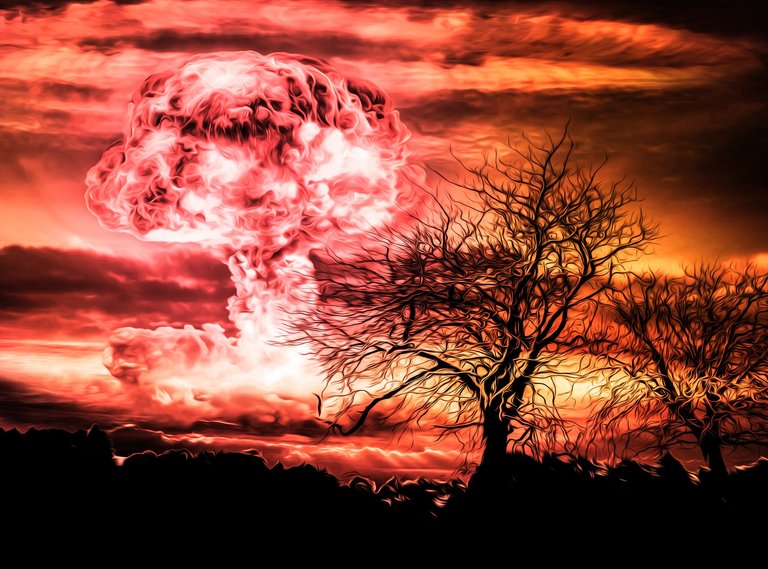
The fear of a nuclear war exists since the first atomic bomb was made, just before 1945. That year the impacts on Hiroshima and Nagasaki changed wars forever.
This corrective Dantesque, brought by the United States, has conditioned the subsequent confrontations, creating a swing of tension that in recent times is reaching a new high point. Pyongyang's tests are seriously threatening the safety of first swords such as Japan or the United States.
How would a confrontation with weapons of mass destruction change the planet?
The United States and the Soviet Union in the Cold War were plunged into an arms race that, in addition to arousing many misgivings, promoted numerous studies on the possible effects of a new nuclear strike.
Some scientists, such as the award-winning Carl Sagan, focused on the environmental and climatic consequences.
According to the work of the 1980s, a hypothetical exchange of nuclear explosions between the United States and Russia would generate enormous masses of dust that would ascend into the stratosphere, blocking sunlight to the point of producing a nuclear winter.
In this scenario, Earth's temperatures would fall 20°C for several months and 70% of the stratospheric ozone layer would be destroyed, allowing ultraviolet (UV) light to reach the surface almost unimpeded.
The panorama would be devastating: part of the marine life would die, thus breaking the food chain of people and animals. In addition, the cold and dust would create great losses in crops, accentuating famine and starvation deaths.
In 2008, Brian Toon of the University of Colorado, Alan Robock of Rutgers and Rich Tuclo on behalf of UCLA not only seconded the motion from the named studies, but also considered it "underestimated.
These scientists used a sophisticated climate model based on the most important volcanic eruptions of the past. The U. S. publication projects similar effects to those of the largest recent eruption in recent history: the Tambora volcano of 1815.
The outbreak triggered the "Year Without Summer" of 1816 in the Northern Hemisphere, which left summer frosts in New England and a rigorous winter in Europe. The losses in agriculture were terrible, accentuating hunger and poverty. And the cooling only lasted about a year. According to these researchers, the drop in temperatures caused by a nuclear war would leave two or three consecutive years of this nature.
In 2014, four researchers, also from the United States, made one more turn of the screw in the investigation. The conclusions also consider global climate change on a global scale, but on the basis of a much smaller example.
It would not be necessary to detonate all the world's atomic bombs in order to achieve catastrophic environmental effects. A nuclear confrontation between India and Pakistan - with 100 "heads" like Hiroshima's - would be enough to lower the Earth's temperature by 3ºC and reduce global precipitation by 9%.
The resulting temperatures would be the coldest in 1000 years. In addition, as Sagan himself announced, chemical reactions in the atmosphere would consume the ozone layer that protects us from ultraviolet radiation. According to this research, in the five years after the war, ozone would be up to 25% thinner on average.
Decreased UV protection would result in more burns and skin cancers, reduce plant growth and affect the development of crops such as corn. Hunger would kill, according to the International Association of Physicians for the Prevention of Nuclear War, about 2 billion people.
Science, like all disciplines of the world, is taken to extremes and creates authentic monsters.
Thanks for sharing...
Thanks, I learnt.